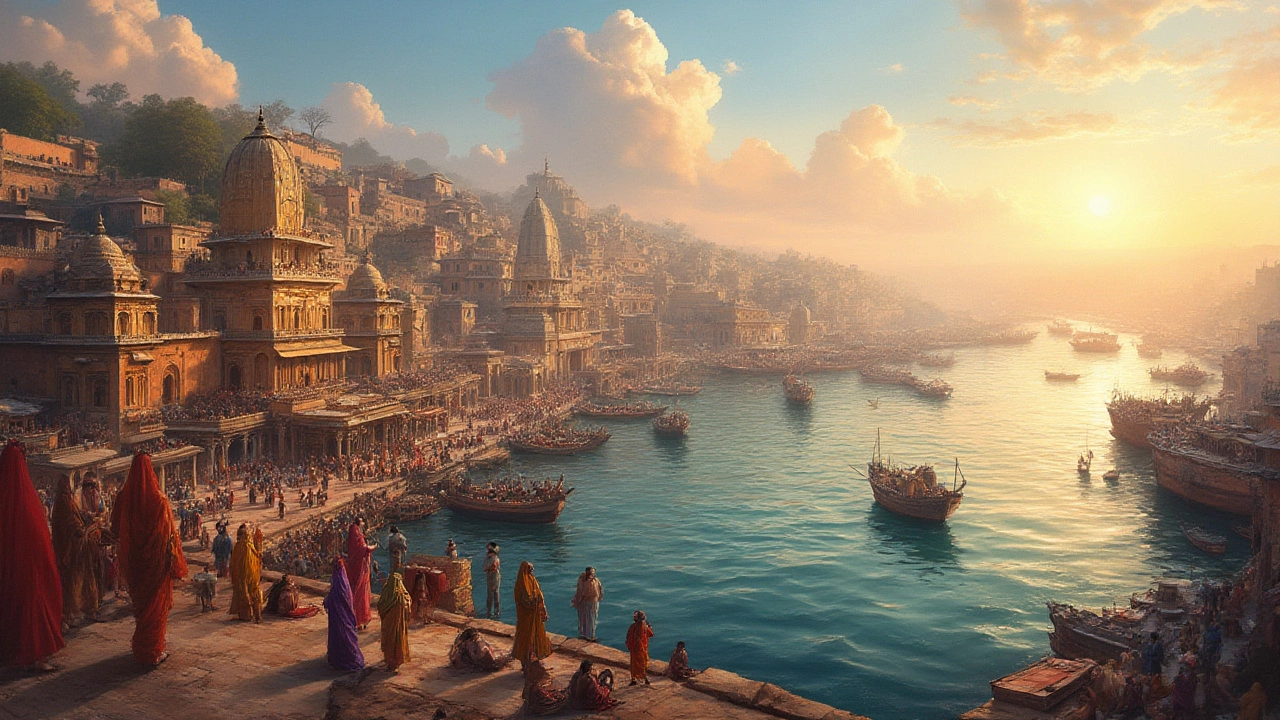SEARCH
Historical Cities in India – Timeless Travel Guide
If you love stepping into the past, India has a heap of cities that feel like living museums. Each one tells a story of dynasties, trade routes, and cultures that shaped the subcontinent. Below you’ll find a quick rundown of the most exciting heritage spots, plus a few practical tips to make your trip smooth.
Top Historical Cities to Add to Your Itinerary
Jaipur – The Pink City is a showcase of Rajput architecture. Don’t miss the Amber Fort, City Palace, and the bustling bazaars where you can pick up handcrafted jewellery.
Varanasi – One of the world’s oldest living cities, Varanasi sits on the Ganges. Early morning boat rides give you a front‑row seat to rituals that have lasted for millennia.
Shakespeare’s Fort – Not real Shakespeare, but the city of Chandigarh has a surprising mix of modern planning and historic underpinnings, perfect for a quick cultural dip.
Hampi – Set among massive boulders, Hampi’s ruins of the Vijayanagara Empire feel like a giant stone playground. Walk the stone corridors of the Virupaksha Temple and imagine the empire’s glory.
Kolkata – Once the British capital, Kolkata blends colonial mansions, old libraries, and the iconic Victoria Memorial. A tram ride adds a nostalgic touch.
Mysore – Famous for its palace lit up at night, Mysore’s heritage isn’t just about grandeur. The city also offers fragrant sandalwood markets and a laid‑back vibe.
Planning Tips for a Smooth Heritage Trip
Pick the right season. October to March gives you cooler weather, which is ideal for walking around forts and temples. Summer can be scorching, especially in northern plains.
Use trains for long distances. Routes like Delhi‑Jaipur or Mumbai‑Goa are comfortable and let you see the countryside. Book a few weeks ahead, especially during festival times.
Stay in heritage hotels or homestays whenever you can. They often sit in old buildings, giving you a taste of local life and saving you the hassle of finding restaurants later.
Carry a small bottle of hand sanitizer and a reusable water bottle. Many heritage sites have limited drinking water stations, and it’s easier to stay hydrated without buying plastic everywhere.
Respect local customs. When visiting temples, dress modestly and remove shoes before entering. A simple “Namaste” goes a long way in building goodwill.
Finally, give each city at least two full days. That way you can explore the main attractions without feeling rushed and still have time to wander the old streets, sample street food, and chat with locals.
India’s historical cities are waiting with stories, flavors, and sights that stay with you long after you leave. Pack your curiosity, follow these tips, and you’ll walk away with memories that feel like a personal history lesson.

UNESCO Heritage Cities in India: Exploring Cultural Treasures
Discover which cities in India have earned UNESCO World Heritage status, what makes them unique, and practical tips for exploring their heritage wonders.
Continue reading